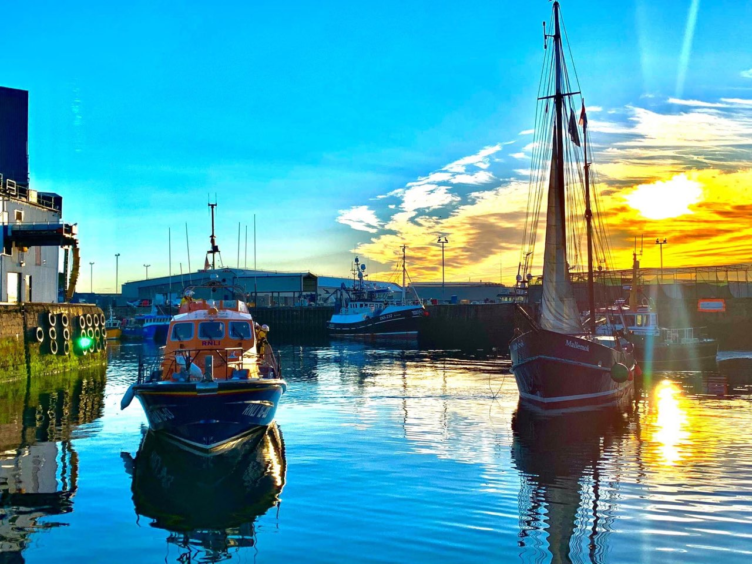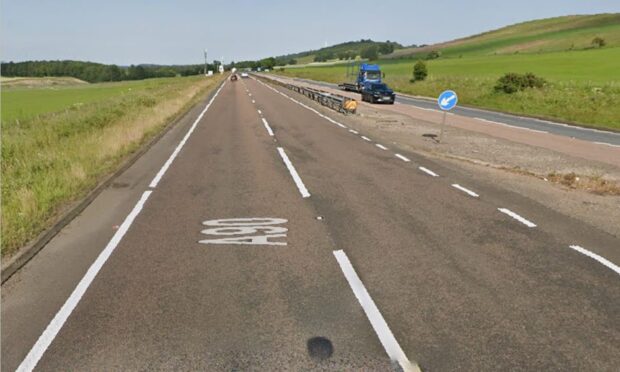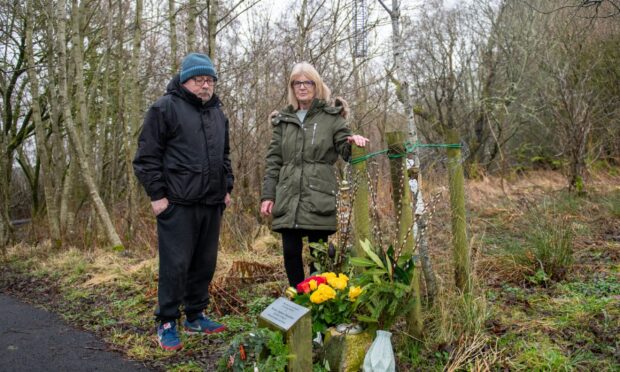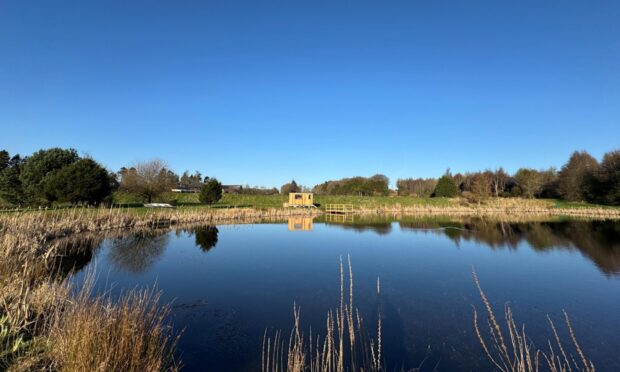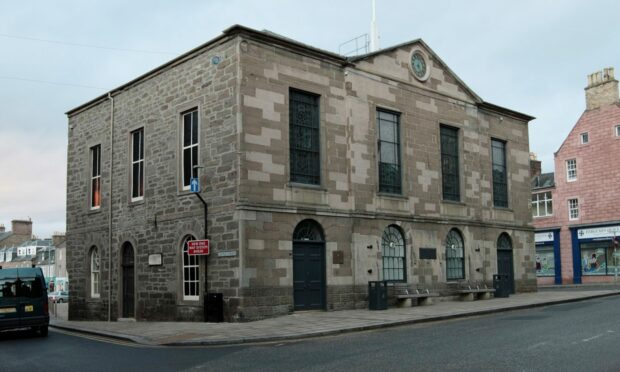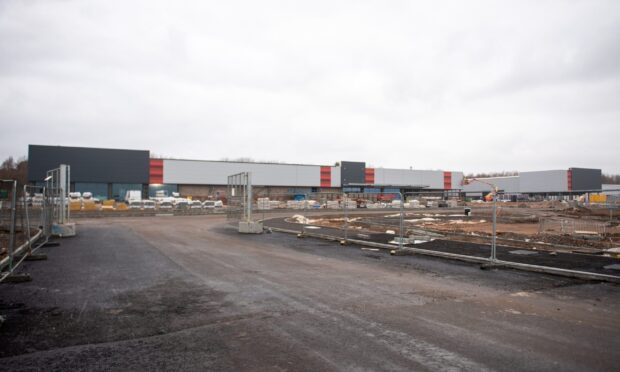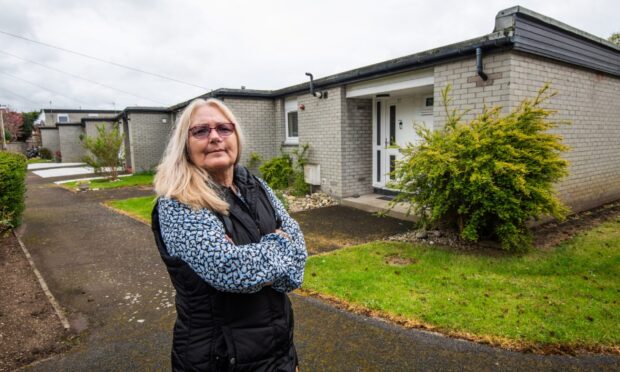A 110-year-old sailing boat was rescued off the shore of Montrose in an 18-hour operation involving three lifeboats.
RNLI vessels from Montrose, Aberdeen and Peterhead joined forces in the marathon rescue overnight from Wednesday into Thursday.
The alarm was raised at 2pm on Wednesday afternoon when the iron-built sailing barge contacted the UK Coastguard requesting assistance at a position some 60 miles east north east of the Angus town.
The Shannon-class lifeboat “Ian Grant Smith” launched from Montrose lifeboat station by 2.30pm and made her way to the scene – hampered by Force 7 south easterly winds and a building swell. By the time she arrived, the sea state was described as “rough”.
A line was put aboard the sailing vessel around 5.30pm and a slow tow commenced toward Aberdeen – a destination chosen as the nearest refuge downwind of the casualty’s location.
Aberdeen’s Severn-class lifeboat “Bon Accord” was paged to launch at 7pm, tasked to take over the tow from Montrose Lifeboat at a position 20 miles east of Stonehaven.
The Aberdeen lifeboat’s speed was considerably reduced by the rough conditions, but the two lifeboats met at approximately 10.30pm, with the Aberdeen crew taking over the tow, allowing the Montrose crew to return to their base after nine hours at sea.
Arriving off Aberdeen around 2am, coxswain Davie Orr found conditions too rough to safely tow the casualty vessel into Aberdeen Harbour and decided to continue the tow to Peterhead, requesting Peterhead Lifeboat to meet them off Cruden Bay to take over the last stage of the journey.
Peterhead’s Tamar-class lifeboat, “The Misses Robertson of Kintail”, launched at 3.20am and took over the tow from Aberdeen Lifeboat at a position off Cruden Bay around 4.20am.
With the weather abating around dawn, she brought the casualty vessel safely alongside in Peterhead shortly after 8am.
Aberdeen Lifeboat returned to her berth in the Granite City at 6am on Thursday after 11 hours at sea.
David Cameron, coxswain of Montrose Lifeboat on this service, said: “When we arrived on scene, the sailing vessel was still under some sail but without power. We passed a drogue to the yacht for her stern – to help prevent broaching under tow – and began towing her north west, toward Aberdeen.”
Davie Orr, coxswain of Aberdeen Lifeboat, said of their rough passage upwind: “The initial four metre swell quickly built to six metres, which forced our speed down from our design maximum of 25 knots to just 7 knots at times.
“When darkness fell, it was worse: all I could see was white wave-crests above the wheelhouse windows, before we would fall down the far side of the wave.”
Volunteer crew member with Peterhead Lifeboat, Sean Lawrence, added: “The pager went off at 2.38am so the crew quickly assembled in the middle of the night at Peterhead Lifeboat Station to work with Aberdeen to come up with a plan of action, and handover of tow as safely as possible.
“The sailing vessel was under tow by Aberdeen Lifeboat but, due to sea conditions, they were unable to enter the harbour so the decision was made to use Peterhead Harbour as an alternative.
“We arrived on scene and met Aberdeen lifeboat ‘Bon Accord’ and took over the tow at 4.20am and brought the vessel alongside in Peterhead at 8.20am.
“Thanks to the commitment of all crews involved, the rescue – albeit a long one – went safely and The Misses Robertson of Kintail was made ready for service again by 9am.”
